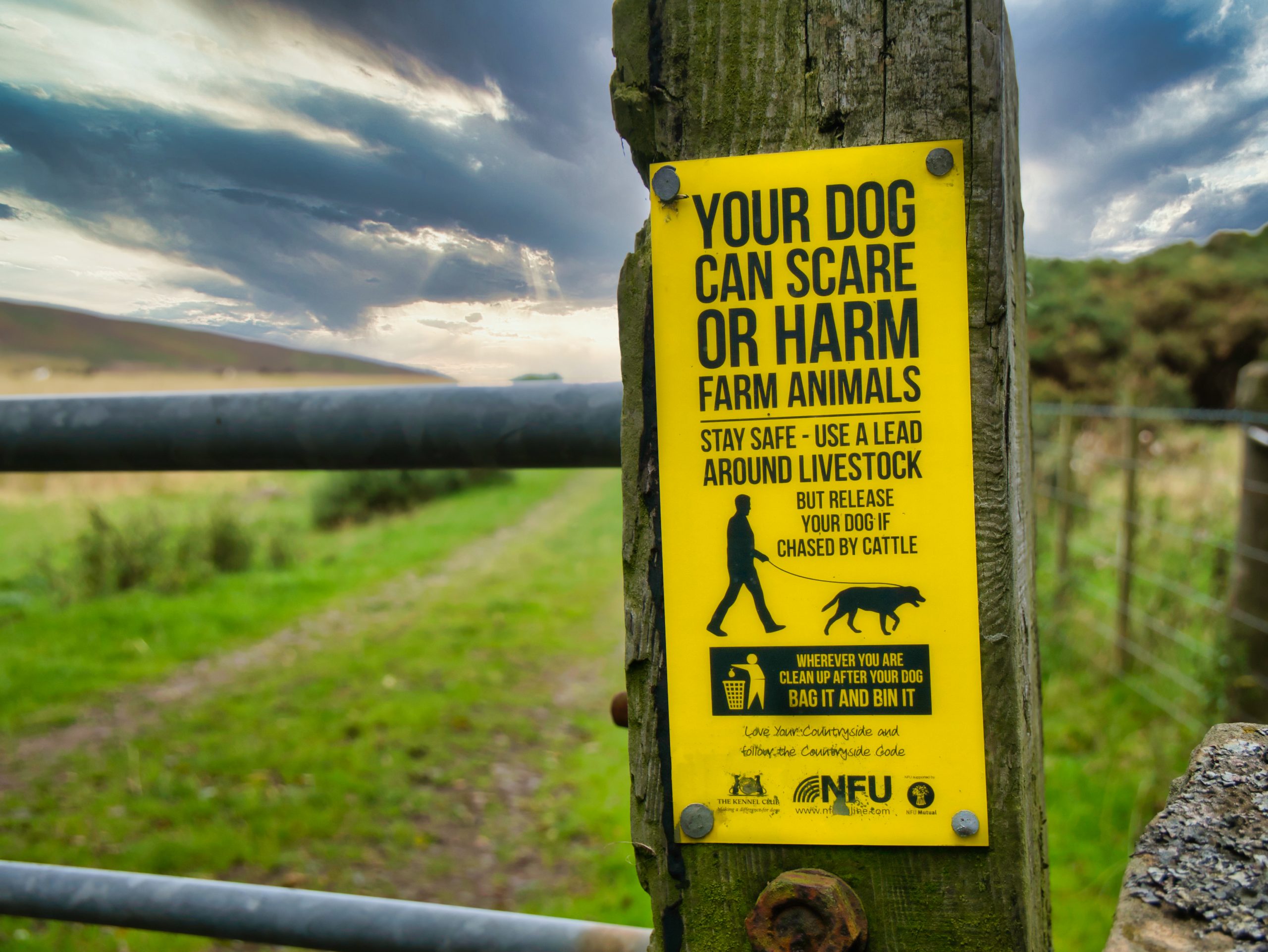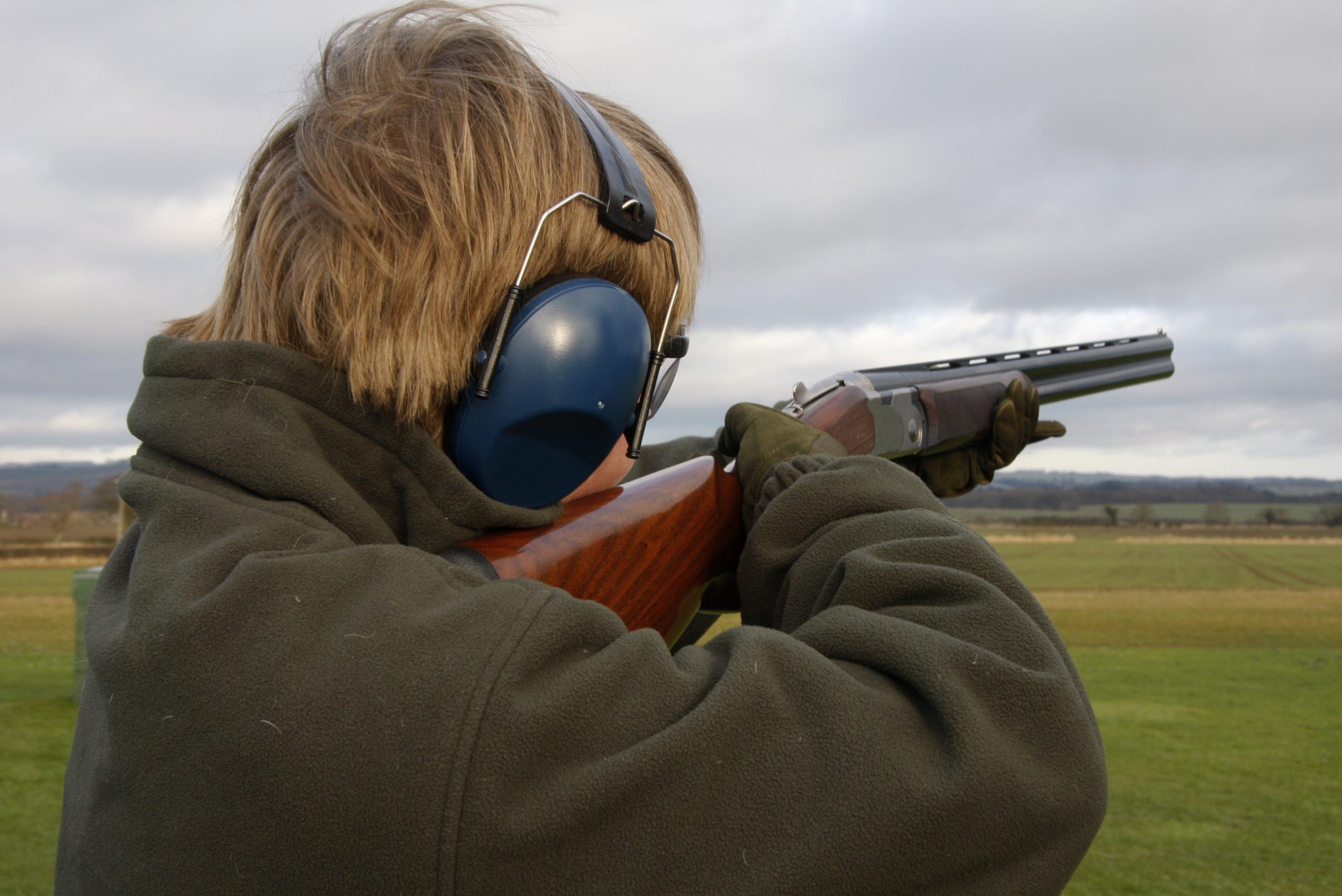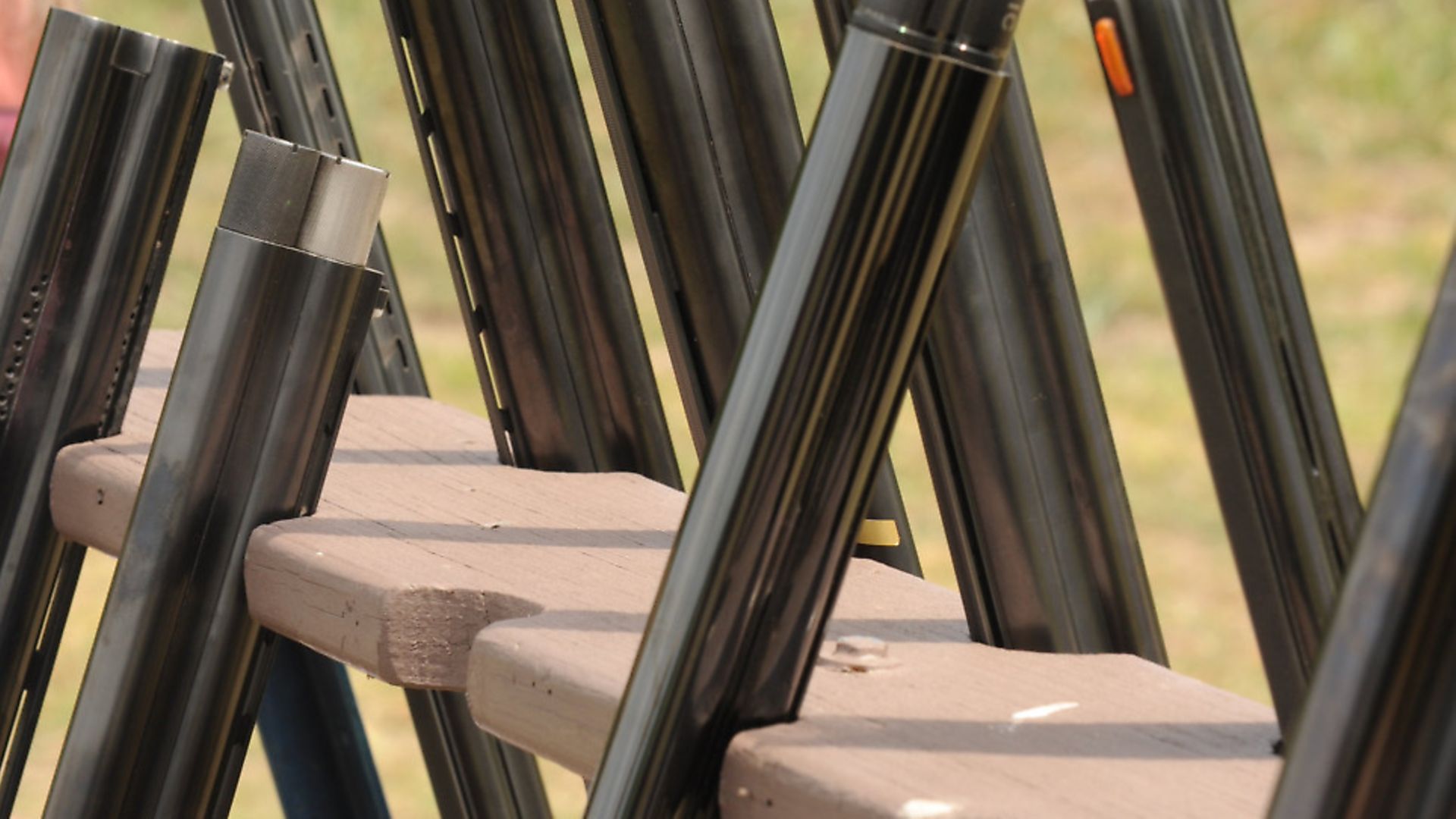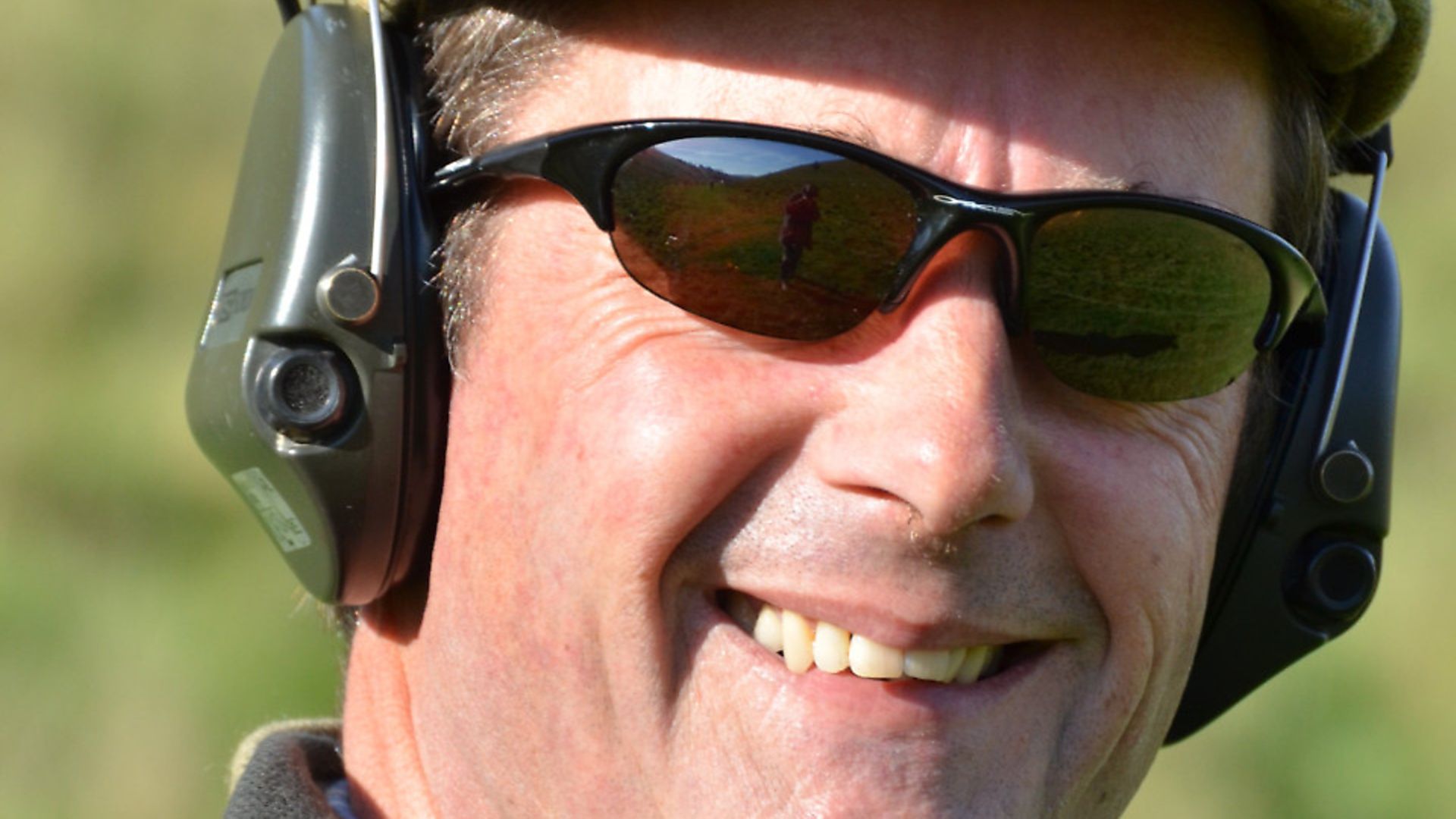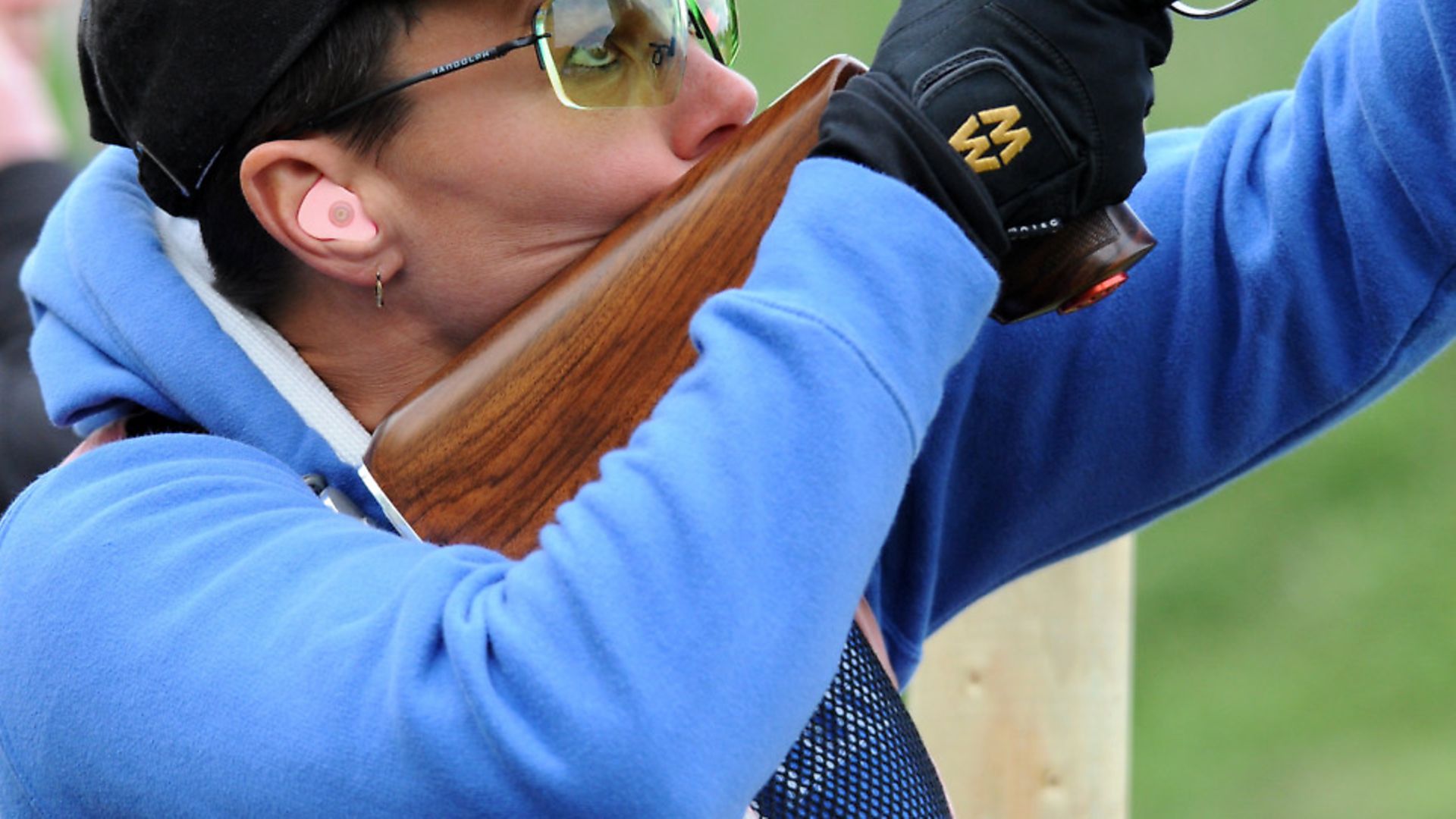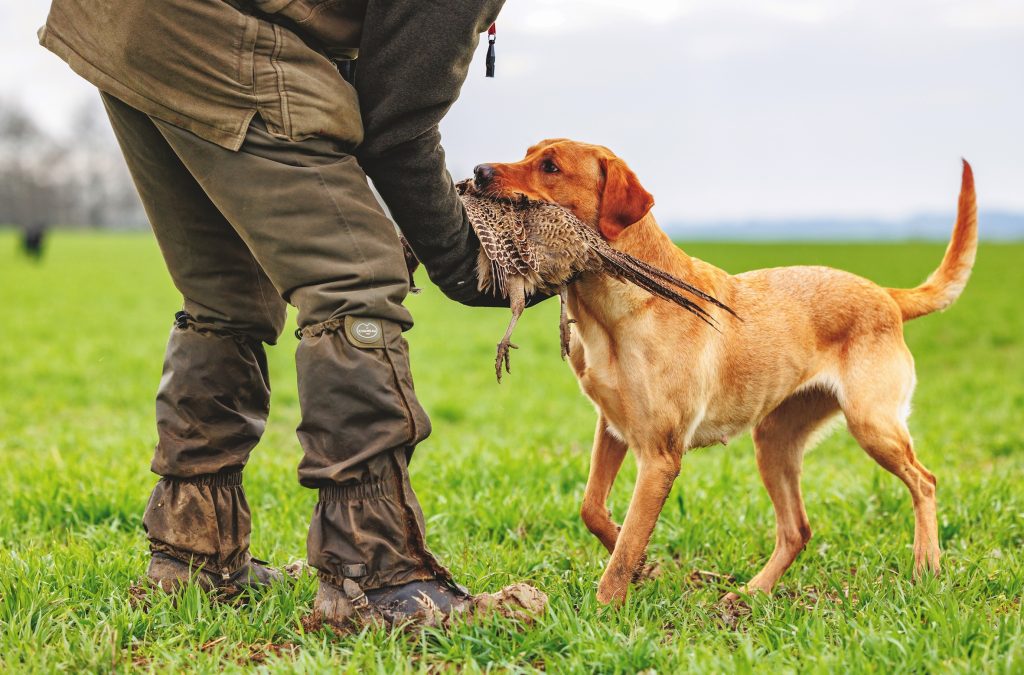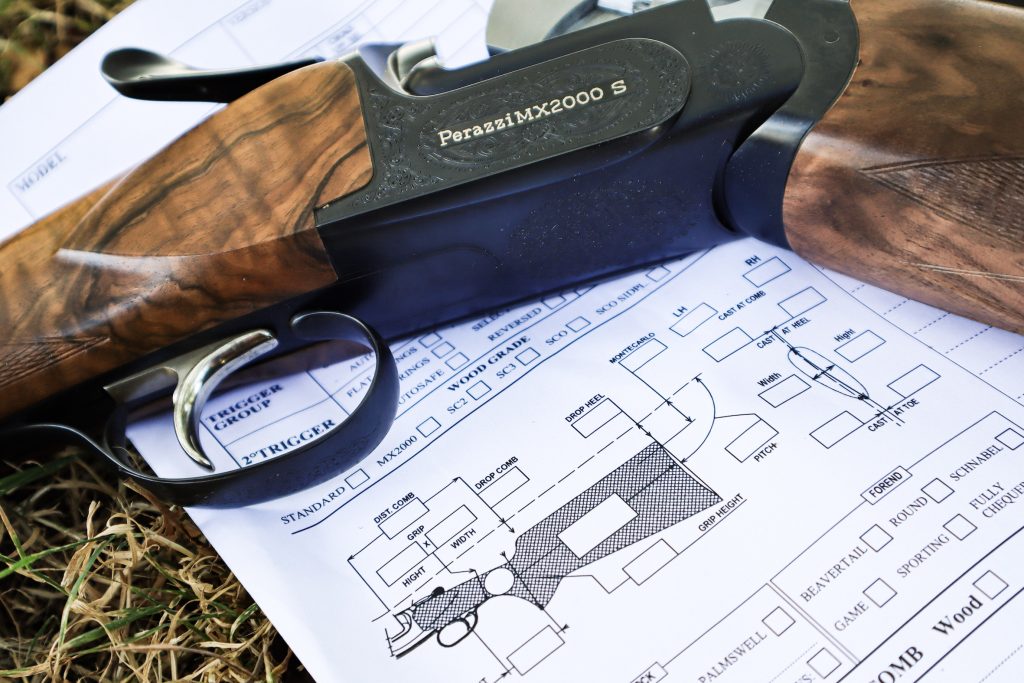Cold comfort – keep shooting, whatever the weather!
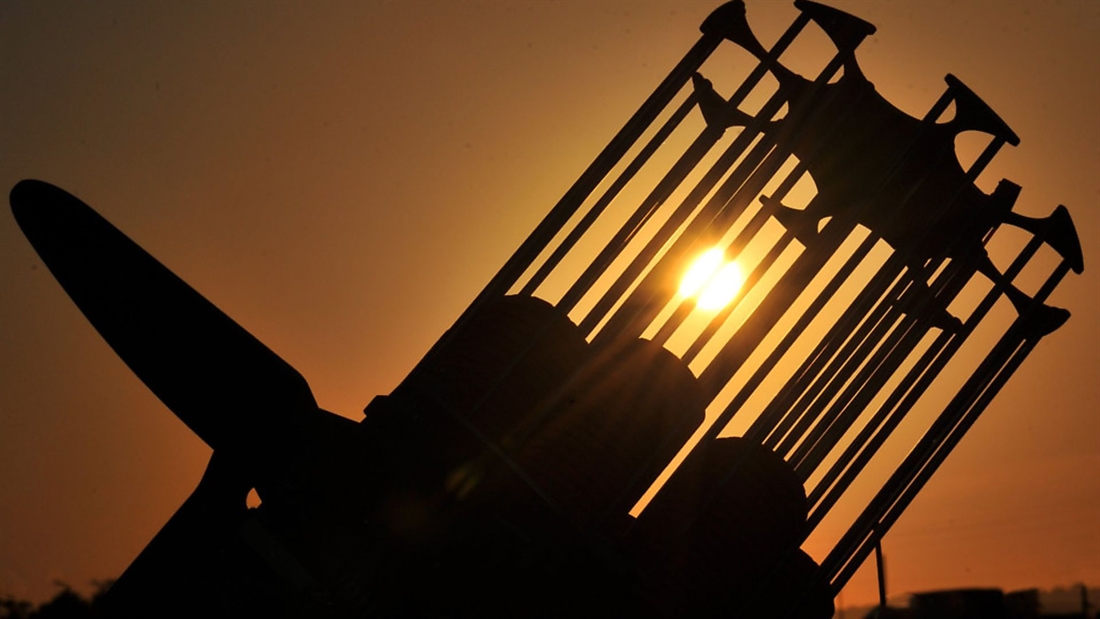
Don’t be put off clay shooting in winter weather; take Don Brunt’s clothing, kit and footwear advice and enjoy your shooting, whatever the weather
Obviously the depths of winter can see some extremely chilly conditions. It’s important, as we mentioned last month, to dress using multiple thin layers of clothing rather than fewer thick layers, as these won’t keep you as warm and will hamper your movement and gun mount. There’s not much so unpleasant as having fingers so cold that using the safety catch is almost impossible, so invest in some quality gloves such as those made by MacWet, which keep your hands warm and maintain a good grip on the gun.
Handwarmers are also a worthwhile addition to your kit bag, whether it’s the solid fuel types or the disposable ones; the latter work well as they are small enough to slide into the back of a glove to keep you warm all day long.
During the winter months, it’s also important to make sure that cartridges are stored somewhere dry, as they can very easily absorb moisture if kept in damp conditions. If they do get slightly damp then it’s worth taking them out of their boxes and giving them a chance to air dry for 24 hours or more, but don’t be tempted to heat them on top of radiators or other heat sources as this can be counter productive.
GLARING SUN
Having shooting glasses is always important to protect your eyesight, and in winter it’s important to also take into account that the sun (if out) will be low in the sky, so there may be more glare than you would expect in the summer months when the sun is higher. Avoid using yellow or bright lenses in sunny weather as it tends to increase light transmission which can lead to squinting – use dark lenses instead, which help your eyes relax.
You will, on occasion, come across a target that is sun-affected, and in that case there are things you can do to improve your chances. It’s possible that on some presentations you are able to hold your gun so that the barrels obscure the sun, or even stand so that the cage itself blocks it out. If that’s not possible, contemplate shooting before or after it reaches the sun. It’s not always possible, but it’s often the case that the worst effects can be mitigated by planning ahead. However, if it is especially bad then bypass the stand and come back to it half an hour or so later when the sun has moved.
DRIVING RAIN
Getting caught in the rain is an occupational hazard of shooting in winter and it can make things awkward. As tempting as it is, you should keep your glasses on and resist the urge to take them off. Instead, keep a suitable towel for wiping them and always wear a peaked cap to keep the rain off the lenses as much as possible.
It’s often preferable to wear a lightweight waterproof underneath your Skeet vest rather than on top of it, as that way your gun mount won’t be impeded. If using multi-choked guns, ensure that when you finish shooting and strip your gun down to dry naturally that you don’t forget to take your chokes out, as otherwise you may find that they are stuck in the gun forever!
A roll of kitchen towel in the back of the car is a sensible move so you can dry the gun out before heading home and, if you can, it’s worth keeping a spare dry gun slip for the return journey.
HOWLING WIND
High winds can bring a degree of unpredictability to proceedings, and everyone has a responsibility to consider safety when shooting in such conditions. Ground owners will always endeavour to set targets that are safe, but in very high winds a gust can see clays thrown off in a totally unexpected direction, potentially towards the shooting position or a public area. In that case, it’s important to stop shooting the target in question and ensure that the shoot owner is made aware that it is potentially dangerous as quickly as possible. Similarly, it’s important not to shoot ‘no birds’ if the wind is taking them in a direction where shot may be fired towards another stand.
Footwear is obviously important, especially in wet weather, so always keep a pair of wellies or stout walking boots handy. Good shooting grounds will try to keep shooting positions mud-free with matting, gravel or woodchip, but it’s almost impossible to keep a larger ground completely free of mud so be aware that it might be heavy going underfoot. Don’t forget that footwork can be key to making the shot, so ensuring you’re wearing the right boots that give you plenty of grip can be as important as having the correct glasses or chokes.
Winter clay shooting might not be quite as comfortable as during balmy days in the height of summer, but there’s still plenty of fun to be had, especially if you make sure you’re fully prepared for what the elements may bring to the party.

